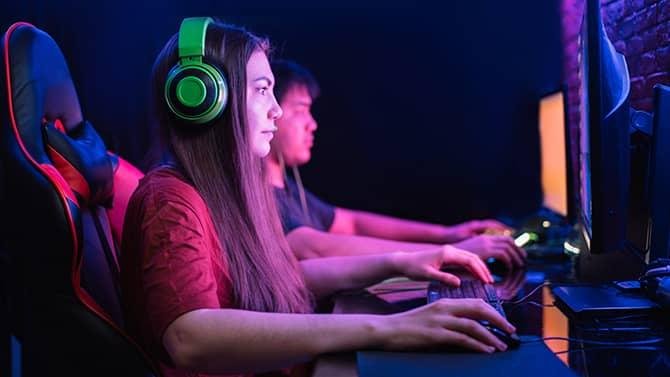
India’s Goods and Services Tax (GST) landscape is on the verge of its most dramatic overhaul since the tax was introduced in 2017. Under the proposed new regime, online gaming is being considered for placement in the highest GST bracket—at a steep 40% rate. This potential shift, aimed at aligning tax policy with the country’s “social ethos” and raising revenues, has sparked anxiety and controversy within both the gaming industry and the tech startup ecosystem.indianexpress+2
What’s Changing?
The Finance Ministry is leading a plan to simplify GST into two basic slabs—5% for essentials and 18% for most goods—while reserving a top “sin/de-merit goods” slab of 40% for categories including online gaming, tobacco, and pan masala. This marks a massive departure from the existing structure, which currently taxes online gaming at 28% (raised from 18% in 2023 along with casinos and horse racing).storyboard18+4
- Items in 40% slab: Online gaming, tobacco, cigarettes, pan masala, certain luxury vehicles.
- Rationale: Online gaming, often equated with other sin goods, is seen as a demerit due to concerns over financial losses, addictive tendencies, and automated deductions faced by users.thehindubusinessline+1
Impact on the Online Gaming Industry
A $3 Billion Sector at Risk
Already reeling under the relatively new 28% GST on the full value of bets, online gaming companies now face a possible 40% tax rate, the highest ever for the sector. Industry bodies warn that this could devastate a sector that employs tens of thousands and powers much of India’s digital innovation:indianexpress+2
- Mass closures and layoffs: Industry experts highlight the potential for widespread shutdowns, job losses, and loss of investor confidence should the 40% rate be approved.storyboard18+1
- Growth Stunted: Gaming federations claim the move could “set back a burgeoning digital sector by years,” halt new investments, and stall progress in regulation and responsible gaming frameworks.thehindubusinessline
Regulatory, Social & Fiscal Drivers
The government’s move is pressed by:
- Revenue Needs: Online gaming’s rapid growth has contributed significantly to GST income. After the last hike in 2023, GST revenues from the sector saw a sharp jump.cleartax+1
- Social Concerns: Authorities are concerned about the ease of spending and susceptibility to addiction on online gaming platforms, classifying them alongside more traditional sin goods.indianexpress+1
- Uniformity: There is also a regulatory push for parity—treating all real-money gaming the same, regardless of whether the game is skill-based or chance-based.ndtvprofit+1
What Happens Next?
The proposals are now headed to three Groups of Ministers (GoMs), after which the GST Council will deliberate and deliver a final decision—potentially as soon as October 2025. The industry, meanwhile, remains in limbo, with pending Supreme Court cases and mounting pressure from both startup founders and social campaigners.storyboard18+1
Stakeholder Voices
- Industry: “Raising GST to 40% isn’t just fiscal policy—it’s a body blow to innovation, jobs, and startup entrepreneurship,” says Anuraag Saxena, CEO of the E-Gaming Federation.thehindubusinessline
- Government: Officials emphasize the need for regulation and alignment with the social good, arguing that “sin goods” must be discouraged and revenues channelled into public welfare.businesstoday+1
What Should Players and Operators Expect?
- Further tax increases.
- Possibly stricter compliance rules, including measures against unregistered offshore operators.thehindubusinessline
- More heated legal tussles as the sector fights for recognition as a legitimate digital industry, distinct from gambling.
Key Takeaway:
If this GST restructure is approved, India’s online gaming sector could soon face the highest tax burden in its history, with a proposed 40% rate grouping it alongside tobacco and pan masala. As policymakers debate between revenue, regulation, and innovation, the fate of a $3 billion industry and its millions of stakeholders hangs in the balance.





